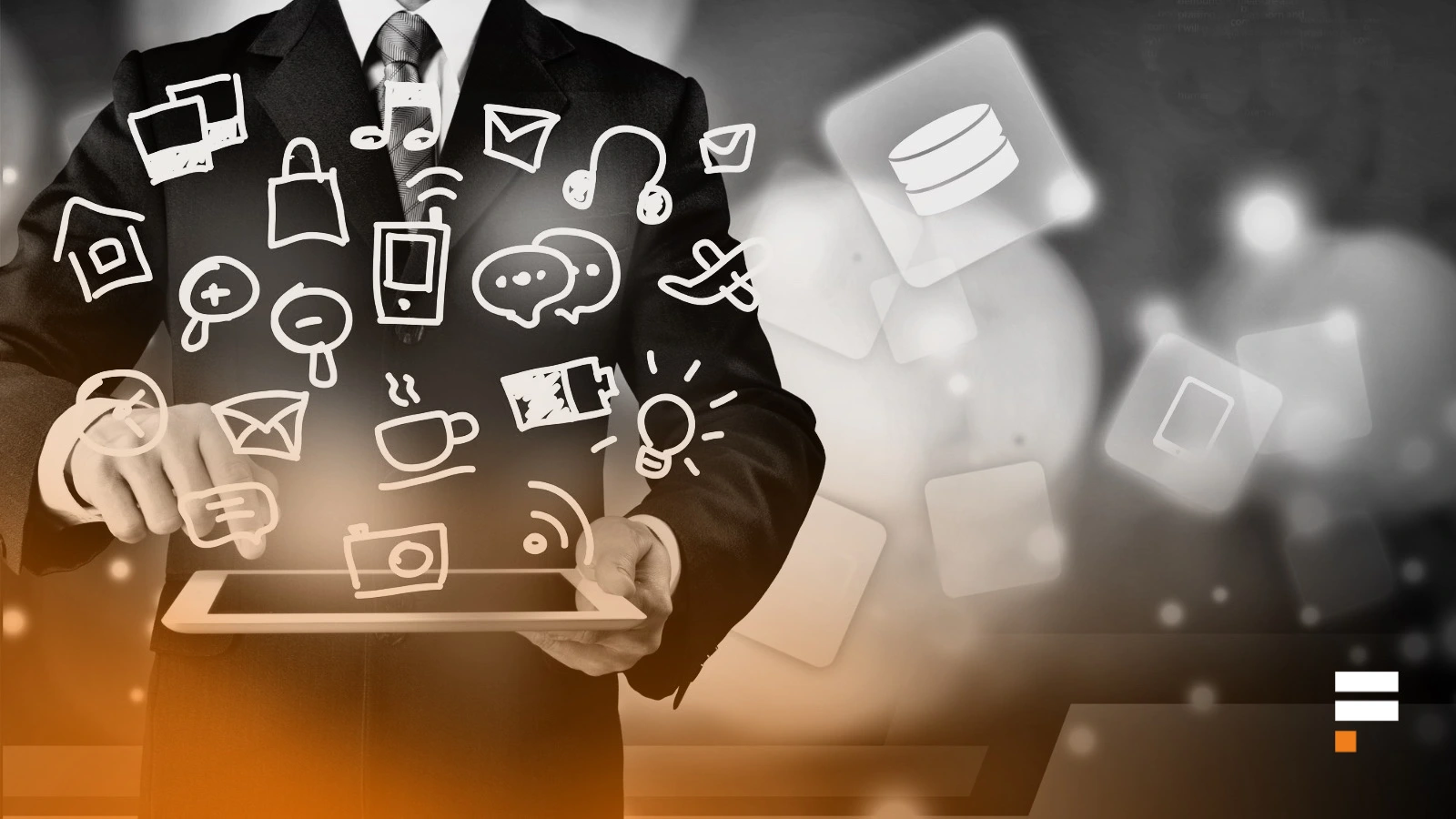Your cart is currently empty!
Digital Platforms Explained: The Hidden Forces Changing Your Life
Last updated on

In this article, we will explore how digital platforms have become hidden forces that are dramatically shaping our everyday lives. From shopping and communication to work and entertainment, modern digital systems influence nearly every aspect of life. This article will break down what digital platforms are, how they operate behind the scenes, and how they are transforming industries, economies, and even our personal habits.
What Are Digital Platforms?
Digital platforms are online systems that connect people, businesses, and services. They act as intermediaries, creating value by enabling interactions between different users. Examples include marketplaces like Amazon, social media sites like Instagram, and ride-sharing apps like Uber.
Types of Digital Platforms
| Type | Examples | Purpose |
|---|---|---|
| E-commerce | Amazon, eBay | Buying and selling goods |
| Social Media | Facebook, Instagram | Connecting and sharing content |
| Transportation | Uber, Lyft | Booking rides |
| Content Platforms | YouTube, Netflix | Streaming videos and music |
| Job Marketplaces | Upwork, Fiverr | Hiring freelancers |
Each type of online platform serves a unique role but shares the goal of making interactions faster, easier, and more profitable.
The Hidden Forces Behind Digital Platforms
While tech platforms may seem simple to use, complex algorithms and data-driven strategies operate behind the scenes.
Data Collection and Personalization
Virtual platforms collect massive amounts of data about users. They use this data to personalize your experience—showing you products you like, friends you may know, or movies you might enjoy.
Network Effects
The more people use a digital platform, the more valuable it becomes. For instance, Facebook is useful because your friends are there. This creates a “network effect” that strengthens a platform’s dominance.
How Digital Platforms Are Changing Industries
Industries like retail, transportation, education, and even healthcare are being reshaped by digital platforms.
Retail and E-commerce
Traditional brick-and-mortar stores are facing challenges as platforms like Amazon change how consumers shop.
Transportation and Mobility
Apps like Uber have revolutionized transportation, reducing the need for personal car ownership in many cities.
Education and Online Learning
Platforms such as Coursera and Udemy allow millions of people to learn new skills without attending traditional schools.
📊 Quick Fact:
According to Statista, the global platform economy is projected to grow to over $7 trillion by 2030.
The Pros and Cons of Digital Platforms
Benefits
- Convenience and speed
- Greater access to goods and services
- New opportunities for businesses and individuals
Drawbacks
- Privacy concerns
- Platform monopolies
- Job displacement due to automation
Conclusion
These modern systems are more than just apps—they are powerful forces reshaping the way we live, work, and connect with others. By understanding how these ecosystems operate and influence our lives, we can make smarter choices as consumers, entrepreneurs, and citizens. In today’s connected world, staying informed about these hidden forces is essential for success.




Leave a Reply